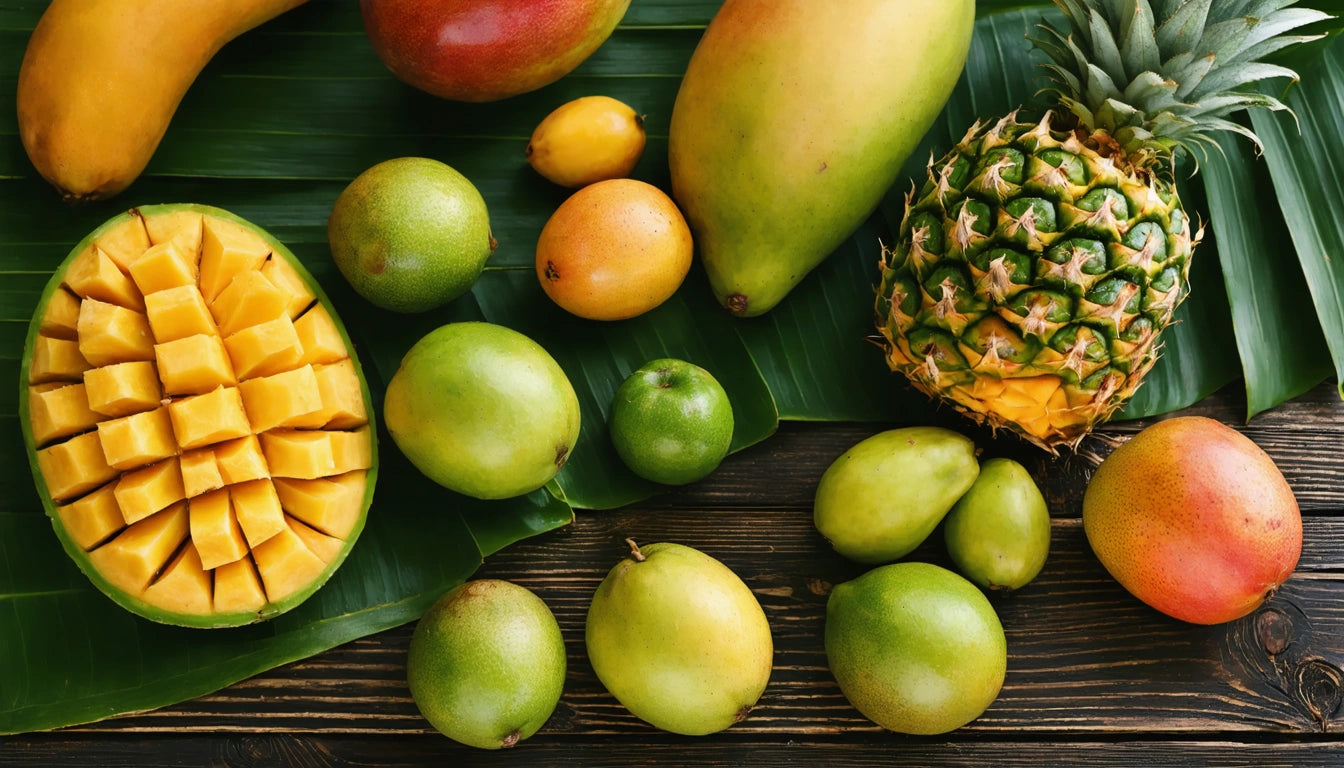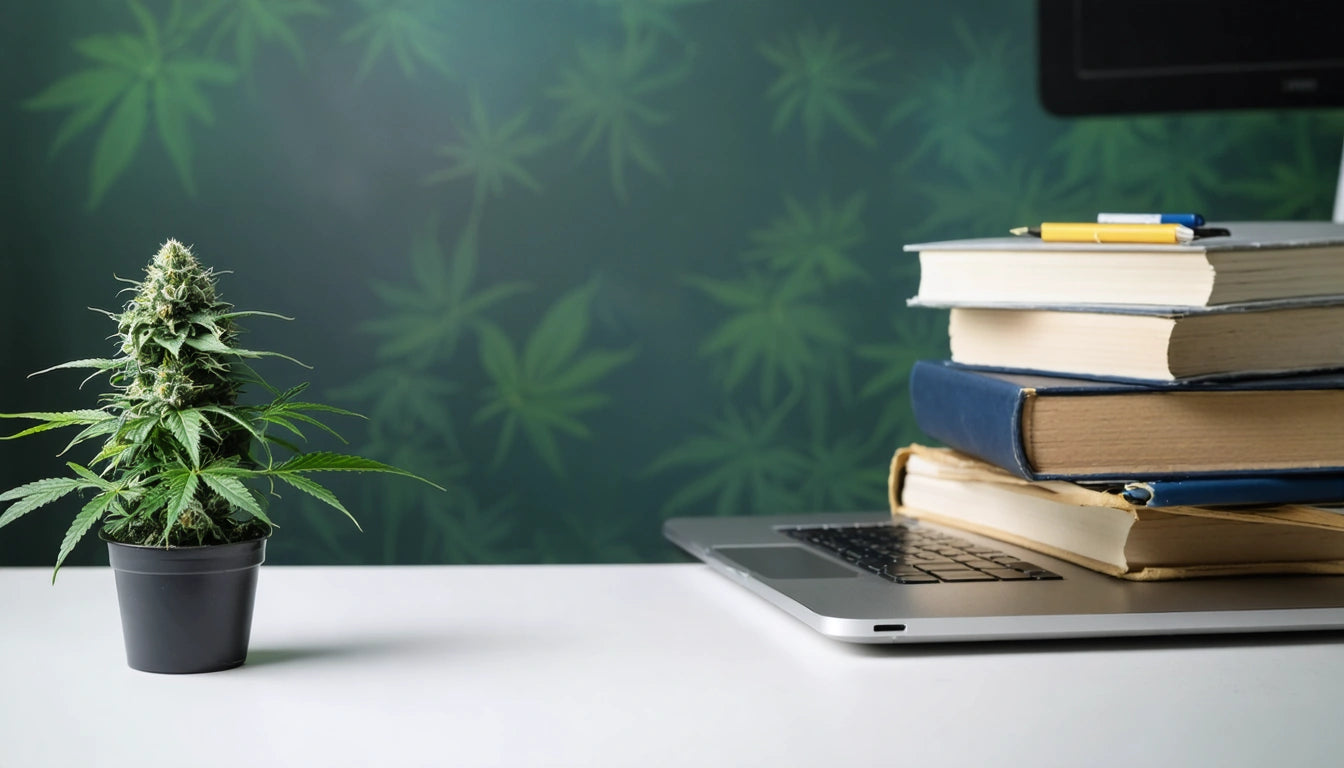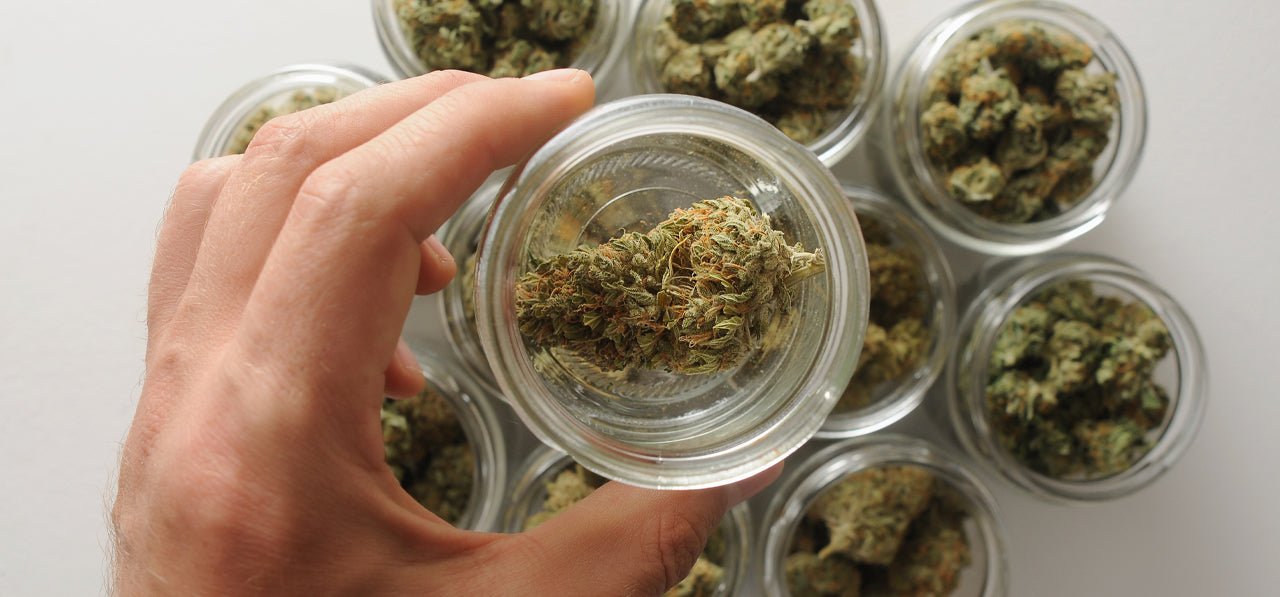- The Science Behind Fruit and Cannabis Interaction
- Mangoes and Myrcene: The Strongest Connection
- Does Pineapple Enhance Your High? Examining the Evidence
- Citrus Fruits and Their Impact on Cannabis Effects
- Other Fruits and Their Potential Effects
- Practical Tips for Consuming Fruits with Cannabis
- Future Research and Evolving Understanding of Fruit-Cannabis Synergy
Exploring the Connection Between Fruits and Enhancing Your High
The relationship between certain fruits and cannabis effects has gained significant attention among consumers seeking to optimize their experience. Understanding what fruit enhances your high can potentially help users maximize benefits while practicing responsible consumption. This natural interaction represents an accessible way to potentially influence your cannabis experience without additional substances.
The Science Behind Fruit and Cannabis Interaction
The potential enhancement effect between fruits and cannabis primarily revolves around terpenes, aromatic compounds found in both plants and fruits. Terpenes are responsible for distinctive flavors and aromas, but they may also influence how cannabinoids like THC interact with the body's endocannabinoid system.
When certain terpenes are consumed before or alongside cannabis, they might affect the blood-brain barrier permeability, potentially allowing more THC to reach receptors. Additionally, some fruits contain compounds that may inhibit certain liver enzymes responsible for metabolizing THC, potentially prolonging its effects.
Mangoes and Myrcene: The Strongest Connection
Among all fruits associated with enhancing cannabis effects, mangoes have the strongest scientific backing. Mangoes contain high concentrations of myrcene, a terpene also abundant in many cannabis strains. Research on mangoes and THC effects suggests that consuming mangoes approximately 45 minutes before cannabis use may intensify and potentially extend the high.
The myrcene in mangoes may help THC cross the blood-brain barrier more efficiently, leading to faster onset and potentially more pronounced effects. Additionally, studies exploring mango consumption and cannabis indicate that ripeness matters, with riper mangoes containing higher myrcene levels.
How to Consume Mangoes for Potential Enhancement
- Choose ripe mangoes with a strong, sweet aroma
- Consume 45-60 minutes before cannabis use
- Consider mango smoothies or juices for easier digestion
- Those with faster metabolisms may benefit from consuming more mango
Does Pineapple Enhance Your High? Examining the Evidence
Many cannabis enthusiasts ask specifically about pineapples. While pineapples don't contain significant myrcene compared to mangoes, they do contain bromelain, an enzyme with anti-inflammatory properties that may complement cannabis effects. The question "does pineapple enhance your high" has less scientific backing than mangoes, but anecdotal reports suggest some users experience complementary effects.
Pineapples also contain vitamin C and other antioxidants that support overall wellness, which may indirectly contribute to a more positive cannabis experience. When exploring pineapple cannabis strains, it's worth noting that the fruit and similarly-named cannabis varieties share terpene profiles, creating a complementary sensory experience when consumed together.
Citrus Fruits and Their Impact on Cannabis Effects
Citrus fruits like oranges, lemons, and grapefruits contain limonene, another terpene commonly found in cannabis. Research on orange juice and cannabis effects suggests that the limonene and vitamin C in citrus fruits might influence the high in several ways:
- Potentially counteracting anxiety or paranoia sometimes associated with THC
- Creating an entourage effect with cannabis terpenes
- Providing refreshing hydration, important during cannabis use
- Possibly affecting the duration of effects through enzyme interactions
While citrus may not intensify effects as potentially as mangoes, many users report that it creates a more balanced, clear-headed experience, particularly with sativa-dominant strains.
Other Fruits and Their Potential Effects
Beyond mangoes, pineapples, and citrus, several other fruits have been associated with cannabis interactions:
Berries and Antioxidant-Rich Fruits
Blueberries, strawberries, and blackberries contain flavonoids and antioxidants that may support overall endocannabinoid system health. While they may not directly enhance the high, they could contribute to a more balanced experience and potentially help with recovery afterward.
What Is a Juicy Fruit in Cannabis Context
The term "juicy fruit" in cannabis contexts can refer to both actual juicy fruits that complement cannabis and strain names inspired by fruity flavors. When people ask "what is a juicy fruit" related to cannabis, they might be referring to either the strain with tropical flavors or actual fruits that enhance hydration during consumption. Fruit-themed cannabis strains often have terpene profiles that pair well with their namesake fruits.
Practical Tips for Consuming Fruits with Cannabis
To potentially maximize the fruit-cannabis synergy, consider these practical approaches:
- Timing matters: consume fruits 30-60 minutes before cannabis for potential enhancement effects
- Consider digestive factors: consuming fruits on an empty stomach may increase absorption
- Stay hydrated: fruits contribute to hydration, important when using cannabis
- Pair mindfully: match fruit flavors with complementary cannabis strains
- Start low: when experimenting with fruit enhancement, begin with lower cannabis doses
When consuming cannabis in any form, responsible consumption remains essential. The potential enhancement from fruits should be approached with the same caution as any cannabis use.
Future Research and Evolving Understanding of Fruit-Cannabis Synergy
The interaction between fruits and cannabis represents an emerging area of interest that merits further scientific investigation. As cannabis legalization expands, researchers have greater opportunities to study these nutritional interactions more thoroughly. Future studies may identify optimal timing, quantities, and specific fruit varieties that most effectively complement cannabis experiences.
As our understanding of the endocannabinoid system continues to evolve, the role of dietary factors, including fruits, in modulating cannabis effects will likely become clearer. For consumers interested in natural ways to potentially influence their cannabis experience, staying informed about emerging research while practicing mindful consumption represents the most balanced approach.











Leave a comment
All comments are moderated before being published.
This site is protected by hCaptcha and the hCaptcha Privacy Policy and Terms of Service apply.